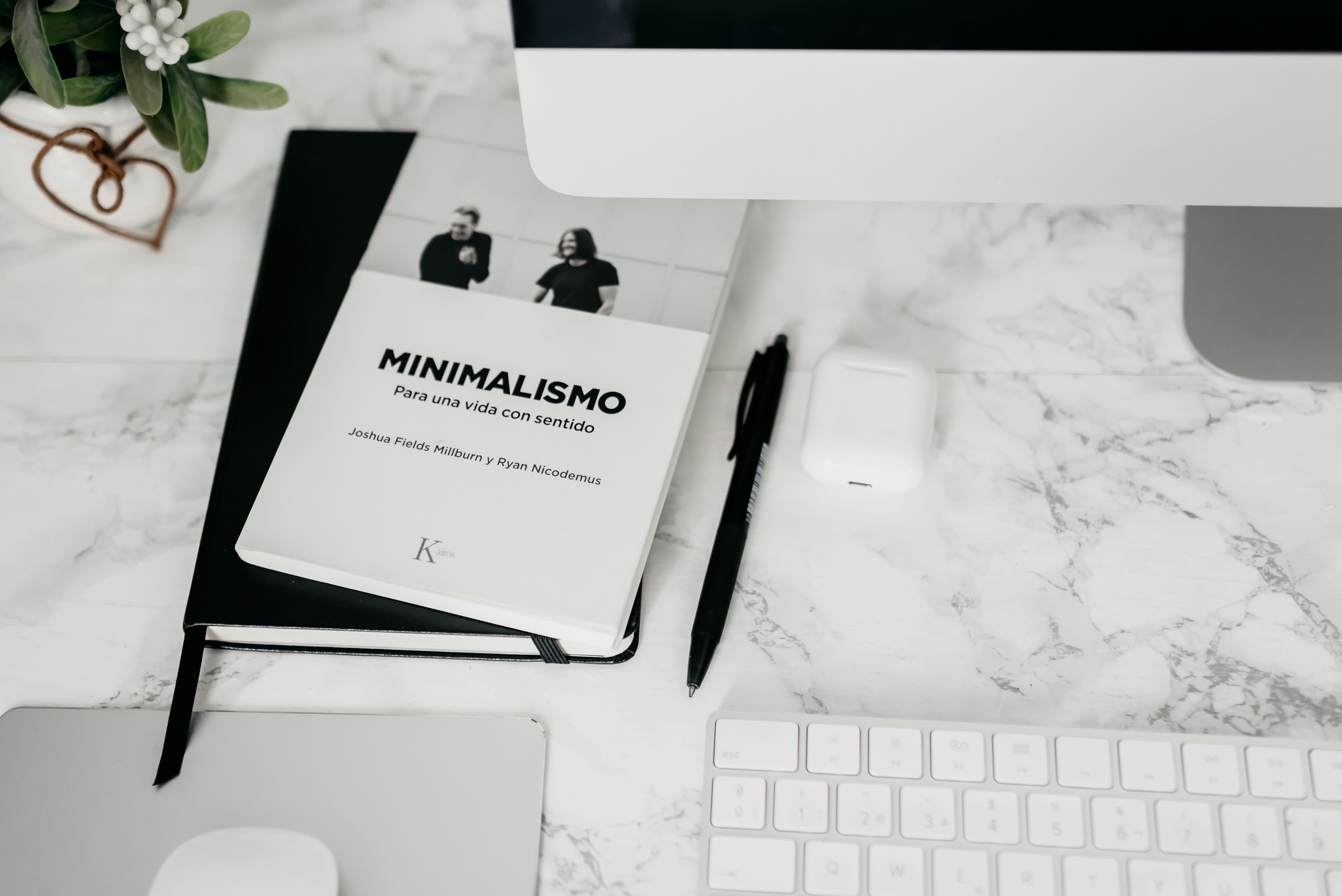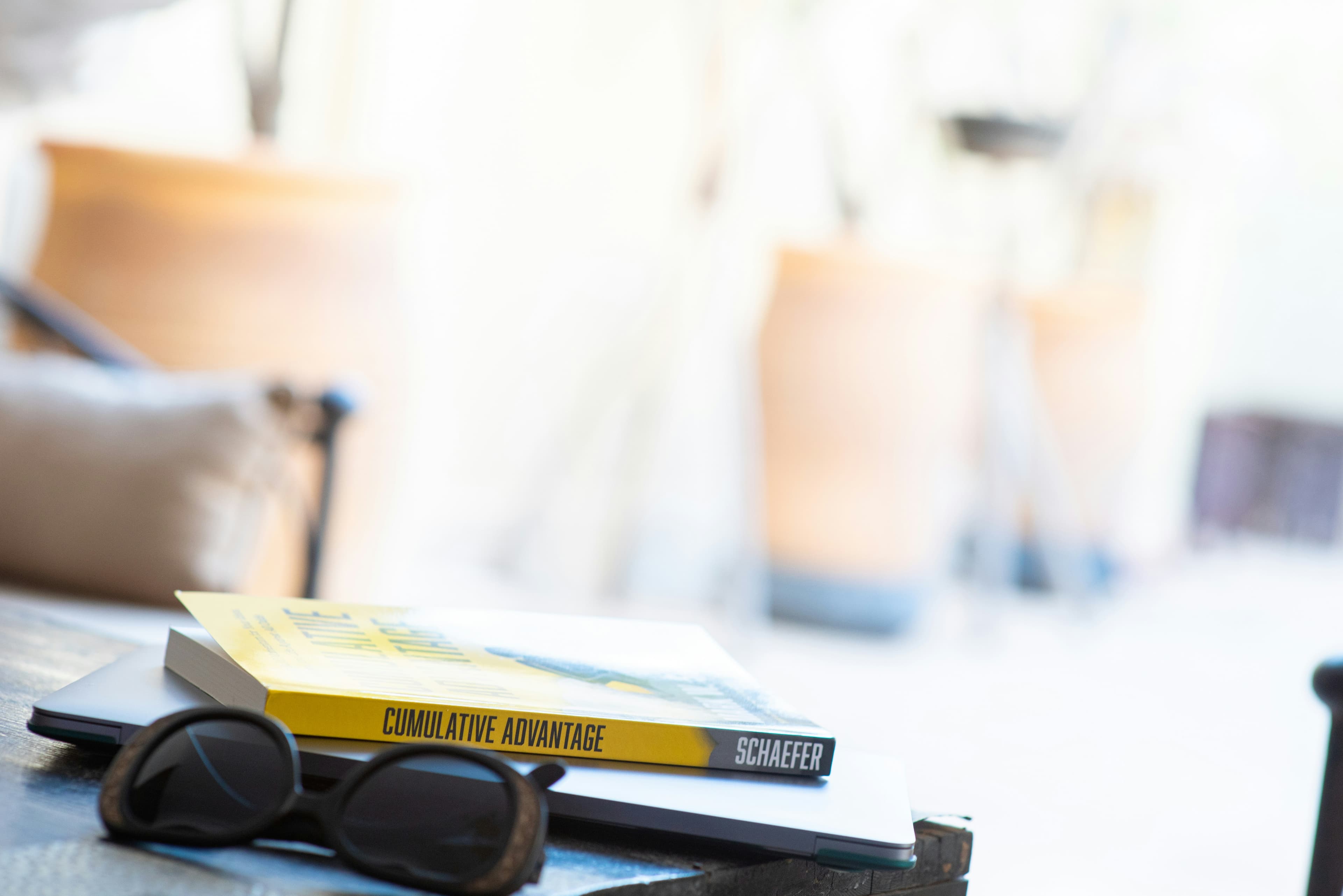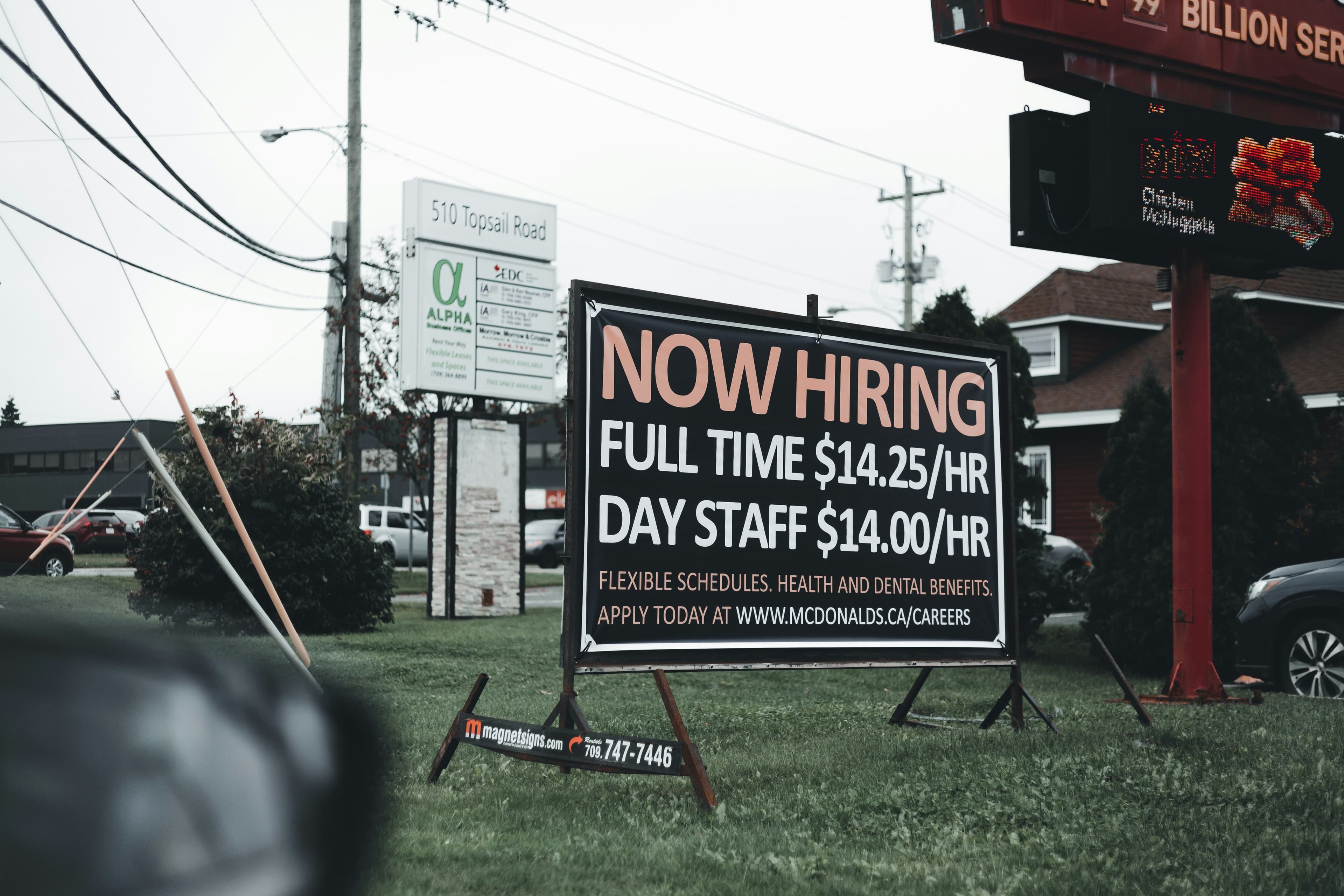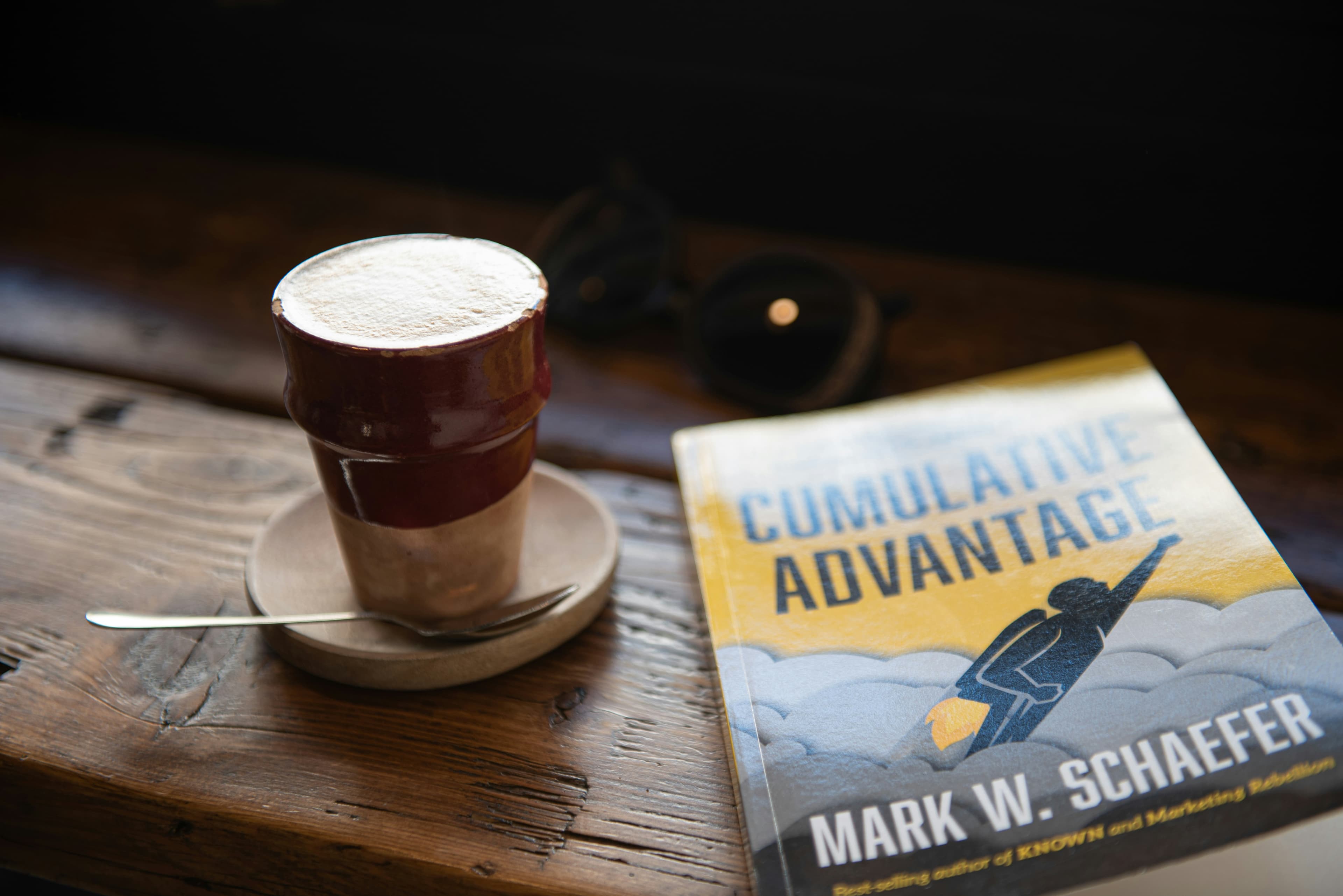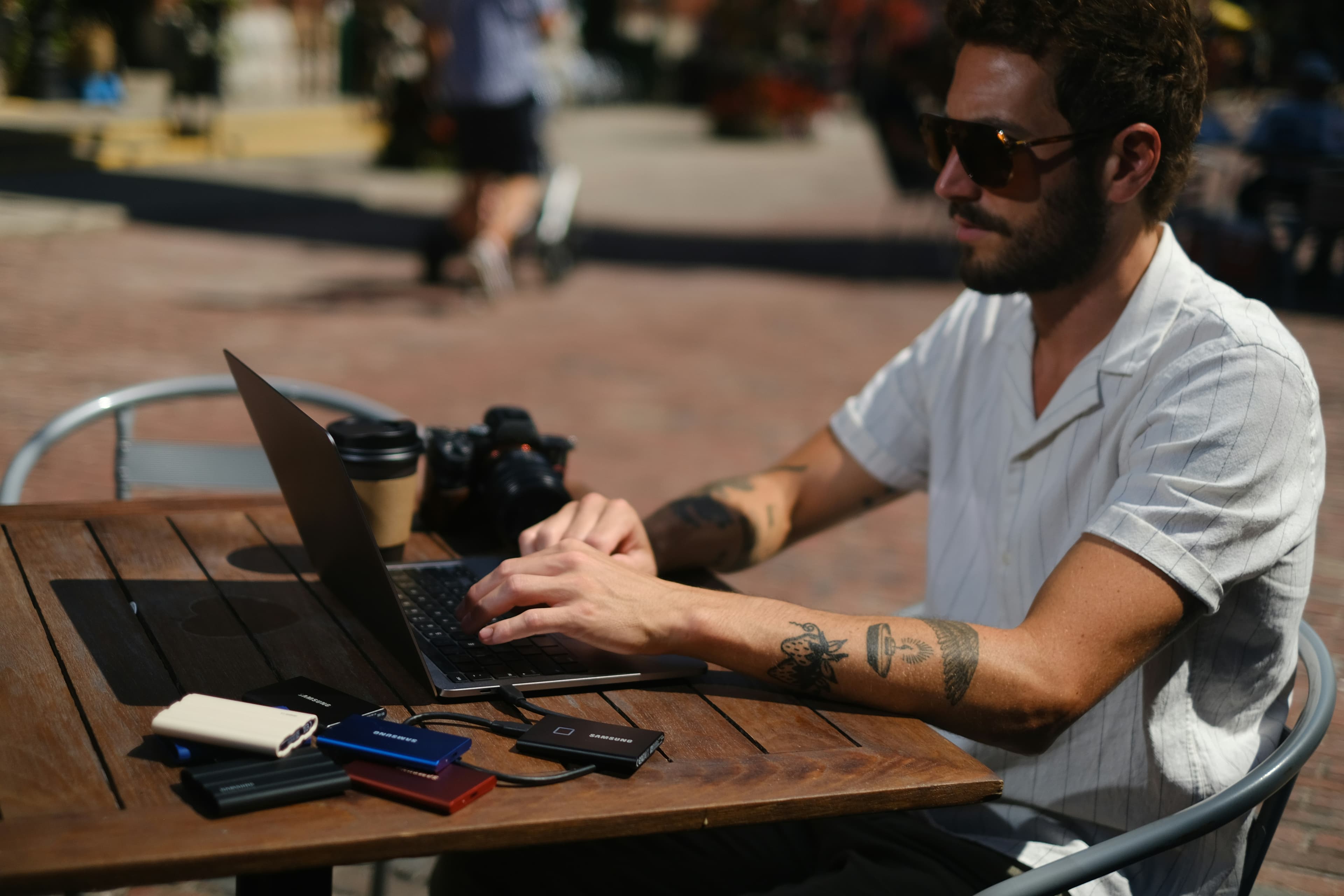What Years of Running Facebook Ads Actually Taught Me
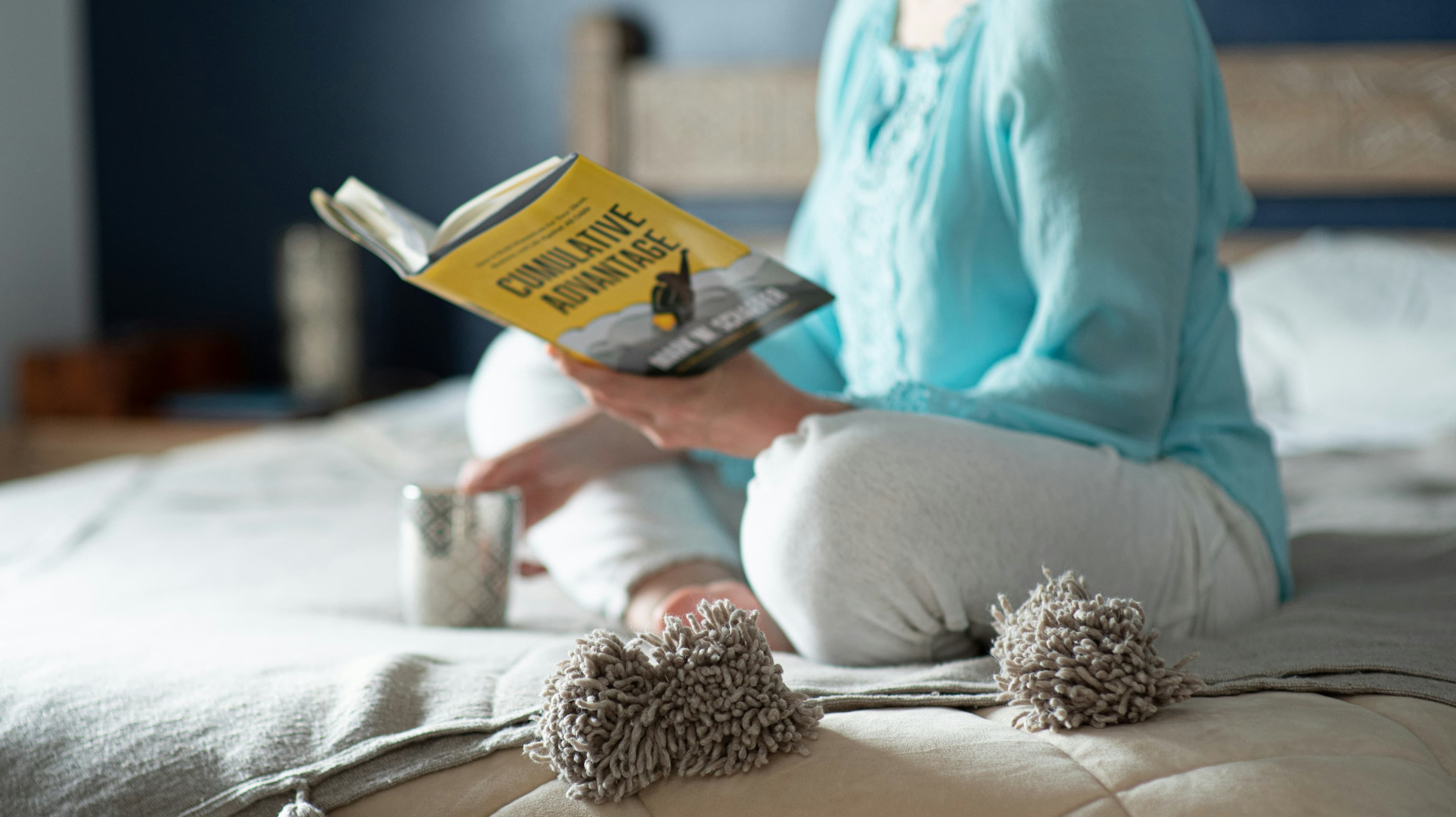
I’ve been the behind-the-scenes person managing Facebook ads for Kim Walsh Phillips for over 14 years, pretty much since the platform first rolled out its ad features. There's no one in our industry I'd rather learn from. But one of my biggest lessons came from a total mistake.
Years ago, I was running a campaign for a local family attraction. Our designer had created some beautiful BOGO ads, but in a moment of oversight, I accidentally used only the company’s logo for one of them. To make it worse, it was sized incorrectly and got cropped. I didn’t notice until the next day when I checked the stats and saw that the broken logo ad was outperforming everything else. It was a humbling reminder that when it comes to grabbing an audience's attention, you have to assume you know nothing. Testing is everything.
After years of running tests, here’s the playbook we developed for our that you can use, too.
Writing Ad Copy That Connects
I always test at least two different styles of ad copy: one short and one long. The key is to work from templates so you’re not starting from a blank page every time. This is a huge time-saver for any kind of .
For short copy, I use a simple three-line formula:
- “Want to find a simple way to get all the clients you need for your coaching or consulting business?”
- “Get my free course: The Get More Clients Now System.”
- “Click here to register now: [link]”
Next, I’ll test a longer, storytelling version. This format is all about building a connection:
- Talk about a time when things were hard. For Kim, it was being ten years into her firm and still having to grind at networking events to find every single client.
- Describe the dream scenario. What she really wanted was a system to bring in qualified leads automatically—people who were ready to hire her and had the budget to pay what she was worth.
- Share the moment everything changed. For her, it was the first time a prospect messaged her out of the blue, saying he saw her as an expert and wanted to hire her for consulting.
- Explain how this new system transformed the business. It led to a 7-figure firm, celebrity clients, and an eventual sale that allowed her to take her entire team on a celebratory cruise.
- Connect it all back to the offer. Explain that this transformation started with a new way of thinking, which you’ve packaged into a free course or webcast. Then, give them the link to register.
In both versions, I sprinkle in a few emojis to catch the eye and keep people engaged. It feels a bit silly, but it works.
Finding the Right Imagery
Through testing, we’ve learned that lifestyle photos and pictures of Kim work best for our brand. But you have to figure out what works for you. Test everything: stock photos, illustrations, and real-life pictures.
A pro tip is to find an image with a pop of red in it; that color always seems to draw people’s attention. Here are a few ideas to get you started:
- Show yourself working from a cool location, spending time with family, or enjoying the fruits of your labor.
- Images of money can be effective, whether it’s stacks of cash or something more creative.
- High-quality photos of yourself against a city, nature, or plain background can build authority.
The Types of Ad Campaigns to Run
Once you have your copy and images, you can start running different types of campaigns.
Drive Traffic to Your Blog
Asking a total stranger for their email is like asking someone to dinner the moment you meet them. It’s a little weird. Instead, a great way to warm up a cold audience is to run ads that send them to a helpful blog post. This builds a relationship before you ask for anything. We’ve seen this strategy lower our cost to get an opt-in by as much as 25%. Just make sure your blog has an opt-in form in the sidebar so they have a chance to subscribe if they want to.
Retarget Your Visitors
Have you ever looked at a pair of shoes online, only to see ads for those exact shoes following you around on Facebook? That’s retargeting, and it’s powered by the Facebook pixel. After someone visits your blog, you can run ads that target them specifically with an offer, like a webinar or a free download. It’s a powerful way to build trust with people who have already shown interest in what you do. This is a must-have for .
Use Low-Cost Video Ads
Video is an incredible, low-cost way to reach your audience. You can use it to keep webinar registrants engaged before the event by sharing tips or tools. Or, after a webinar, you can create a short video targeting people who didn’t buy, giving them that extra nudge they might need.
Go Directly to an Opt-In
When you run ads that ask people to take an action—like registering for an event or making a purchase—the Facebook pixel tracks how many people follow through. This data is gold. It lets you see which images, copy, and audiences are performing best. Over time, your pixel gets “seasoned.” It learns more about the kind of person who converts and gets better at showing your ads to similar people. This is how you can scale a effectively.
Ad Placement: Facebook and Instagram
You can run your ads on both Facebook and Instagram from the same platform, even if you don’t have an Instagram account. Facebook’s reporting will show you how each placement performs separately. The setup is mostly the same, but remember that on Instagram, links in your ad copy aren't clickable (the image itself is). Because Instagram is so visual, you need high-quality, vibrant images to stand out.
The True Key to Success
These strategies are the result of years of running thousands of ads. But the real secret? Just get started.
When we first began, we didn't do everything right. We had wins, and we definitely fell on our faces. But Facebook is constantly evolving and giving advertisers more tools. The most important thing is to dive in with a growth mindset. Success in doesn't come from being perfect; it comes from being willing to try, fail, learn, and try again. That’s the foundation for and seeing it grow.

